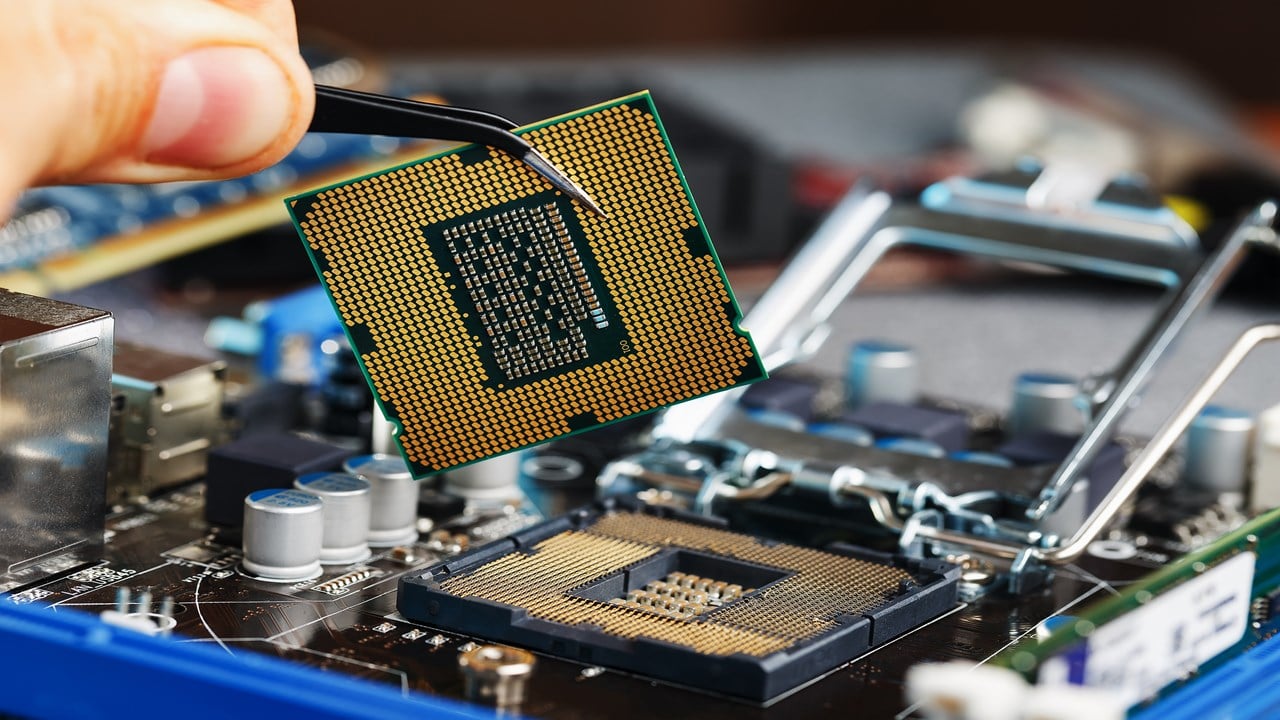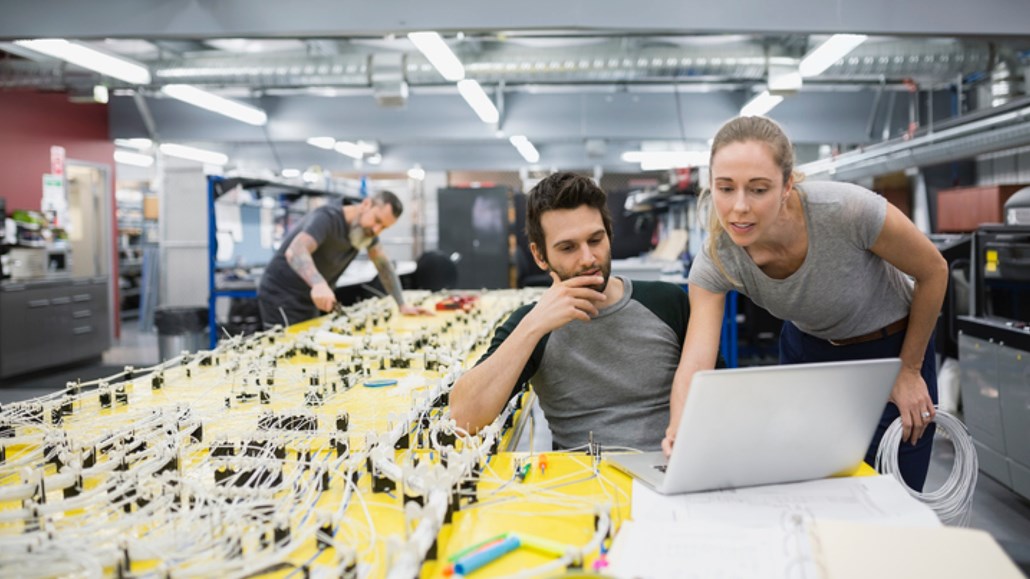Refining semiconductor manufacturing, to streamline process efficiency and improve product quality
- Semiconductor
- Absorbance

Ocean Insight teamed with GlobalFoundries, a supplier of semiconductor solutions, to improve processes in support of emerging electronics technologies such as 5G and the Internet of Things
Semiconductor device fabrication is a sophisticated process that requires precision in every facet of manufacturing. Maintaining quality and minimizing wafer loss requires contaminant-free gases and accurate gas mixtures, endpoint detection for plasma cleaning of chambers, and precisely timed deposition and etching endpoint detection.
Traditional methods of monitoring semiconductor chamber cleaning, deposition and etching processes have led to lower wafer yields and chamber degradation. Now, manufacturers can utilize optical emission spectroscopy (OES) and machine learning for precise, high speed monitoring of processes, resulting in higher quality semiconductor materials for demanding new uses in electronics and nanotechnology.
In semiconductor processing, trial-and-error methods once dictated chamber cleaning, deposition rates and etching times, an inexact approach resulting in lower wafer yields, chamber degradation, and wasted resources.
Even with technical advances including the use of monochromators to monitor optical endpoint processes, limitations remained. For example, monochromators are limited to single-wavelength analysis, can be affected by optical interference, and are not easily switched out for different production recipes.
The introduction of optical endpoint sensing measurements using high-speed, precision spectrometers from Ocean Insight has helped put an end to the limitations of older technologies. With OES, users can quickly and accurately monitor all plasma wavelengths at once, eliminating guesswork. Applying our machine learning algorithms to the measurement data would add another level of insight to process control.
Spectroscopy-based sensors can be utilized not only in semiconductor deposition and etching processes, but also for chamber sterilization. These tools help to optimize wafer yields and quality.
GlobalFoundries (GF) provides design, development and fabrication services to leading semiconductor innovators worldwide. Ocean Insight worked closely with GF to address issues associated with an important reactive ion etching process used previously. Managing this “timed etching” process, which was used to determine how long a wafer is exposed to corrosive production gases, relied on a combination of a single-wavelength instrument, knowledge of the variable speed of the chemical reactions involved, and simple trial and error. This often led to over- and under-etching of the product, wasting costly resources.
With our assistance, GF is now installing Ocean Insight spectrometers in systems and rewriting their algorithms to monitor multiple plasma emission spectra to halt etching precisely. The potential impact is great. For example, a single engineer may be responsible for more than 100 chambers, with etch runs that take from 5-25 minutes each. Even small improvements in the process could streamline production and improve product quality dramatically.

Our world-class experts are available to help find answers to your toughest questions.